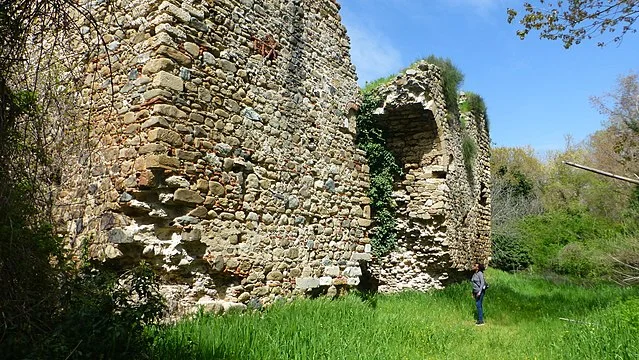Anastasiopolis-Peritheorion, a Byzantine city in Thrace, holds significant historical importance. It was located near Lake Bistonis, in present-day Northern Greece, and was built during the reign of Emperor Anastasius I (AD 491–518). The city became a major center in the region due to its strategic position and role as a fortified settlement.
Get your dose of History via Email
Founding and Strategic Importance
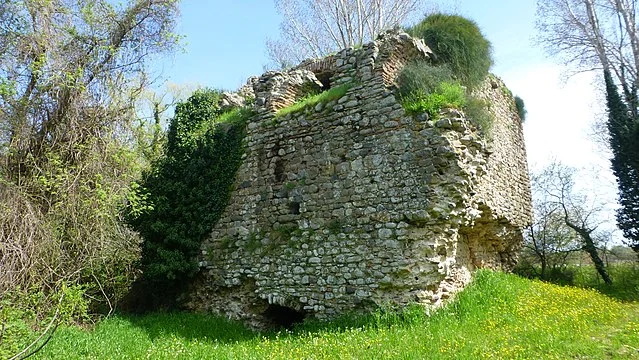
Anastasius I, the Byzantine emperor, founded Anastasiopolis in the early 6th century AD. The location was chosen for its strategic proximity to the Via Egnatia, a crucial trade route that connected the eastern and western parts of the empire. Its coastal position on the Thracian Sea allowed the city to control both land and maritime routes, making it an essential hub for trade and military movements.
The Rise of Peritheorion
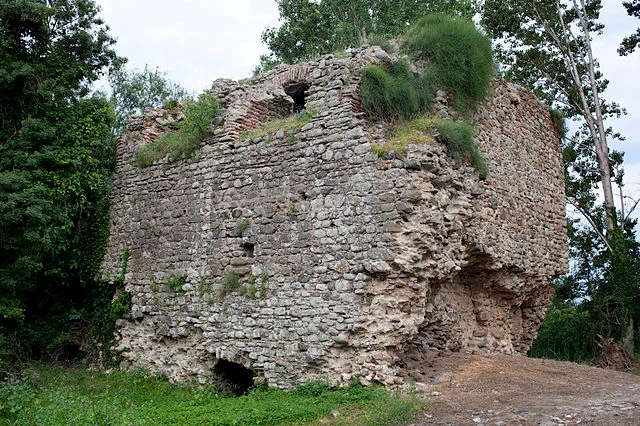
In the early 13th century AD, the city expanded and was renamed Peritheorion. This growth occurred during the reign of the Latin Empire, which controlled Constantinople from 1204 to 1261 AD. The city became a major fortified center under the rule of the Despotate of Epirus and the Empire of Nicaea, successors of the Byzantine Empire.
During this period, Peritheorion was heavily fortified. The city walls were strengthened to protect against invasions. The fortifications, built with strong stone walls and towers, stood as a defense against the increasing threats from the Bulgarians, the Latin Empire, and the Crusaders.
Decline and Final Abandonment
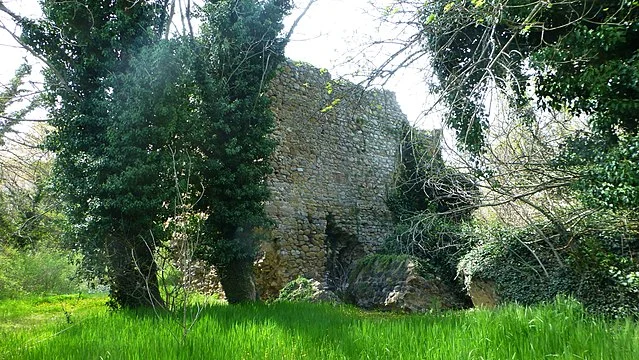
Peritheorion’s decline began in the late 14th century AD when the Ottoman Empire expanded into the region. The city’s strategic importance decreased, and its population diminished. By the early 15th century, it was largely abandoned. Despite its fall, the remains of Anastasiopolis-Peritheorion still bear witness to its once-prominent status in Byzantine history.
Archaeological Significance
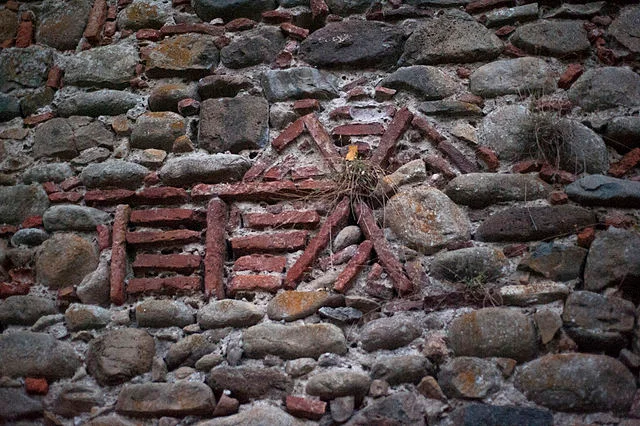
Today, the ruins of Anastasiopolis-Peritheorion provide valuable insights into Byzantine architecture and urban planning. Archaeologists have uncovered portions of the city walls, gates, and several towers. These findings indicate the city’s role as a defensive stronghold. Additionally, inscriptions and artifacts found at the site offer information about its political and economic life during Byzantine rule.
Conclusion
Anastasiopolis-Peritheorion represents a key chapter in the history of the Byzantine Empire. From its foundation by Anastasius I to its rise as a fortified city, it played an essential role in the defense of the empire. Its decline mirrors the broader political changes of the region, leading to the eventual rise of the Ottoman Empire.
Source:

